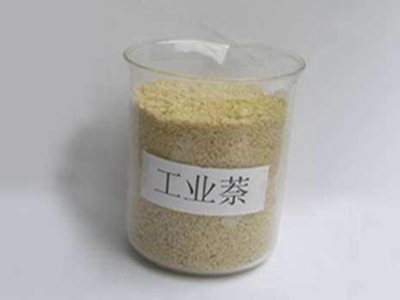Maleic anhydride is a bulk raw material. Do you know its origin?
Speaking of maleic anhydride, many people may not be familiar with it and it may sound a bit unfamiliar. Today, let's introduce maleic anhydride in detail.
Maleic anhydride is a bulk raw material, do you know its origin? Maleic anhydride, also known as maleic anhydride, is a colorless crystalline powder with a strong pungent odor. It was first obtained from malic acid in 1834. In the early days, maleic anhydride was prepared by catalytic oxidation of benzene, but in order to reduce production costs, the n-butane oxidation method was used instead.

Maleic anhydride is produced by catalytic oxidation of benzene or air oxidation of butene or butane. It is soluble in ethanol, ether, and acetone, but insoluble in petroleum ether and carbon tetrachloride. It reacts with hot water to form maleic acid;
The appearance of maleic anhydride is white plate-like crystals, which can be in the form of powder, needle, flake, pellet, rod, lump or molten substance. The relative density is 1.480, the melting point is 52.8 ℃, the boiling point is 202.2 ℃, and the flash point is 110.0 ℃.
The function of maleic anhydride: It is used in the synthesis of diene, the production of pharmaceuticals, pesticides, dye intermediates, and the production of organic acids such as polyester resins, alkyd resins, and maleic acid. It is also used as a preservative for fats and oils, and is a raw material for the production of unsaturated polyester resins, alkyd resins, and long-acting iodeamines. It is also a copolymer monomer of coatings, maleic anhydride, maleic anhydride styrene copolymer, and an organic chemical raw material for the production of ink additives, papermaking additives, plasticizers, tartaric acid, fumaric acid, tetrahydrofuran, etc.
 Industrial naphthalene: a lone wolf in the deep processing i
Industrial naphthalene: a lone wolf in the deep processing i
 The use of industrial naphthalene
The use of industrial naphthalene
 Maleic anhydride is a bulk raw material. Do you know its ori
Maleic anhydride is a bulk raw material. Do you know its ori




